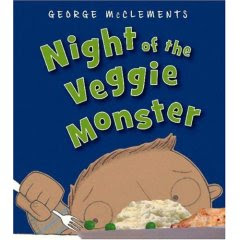Secret Seven: Making Amazing Art by Sandi Henry
 Hot summer days are a great time for art projects, whether they are done in organized arts and crafts sessions or around the kitchen table on a steamy afternoon.
Hot summer days are a great time for art projects, whether they are done in organized arts and crafts sessions or around the kitchen table on a steamy afternoon.
Sandi Henry's Making Amazing Art: 40 Activities Using the 7 Elements of Art Design (Williamson Kids Can! Series) starts with the seven elements of art design as used and taught by professional artists--line, shape, texture, color, value, form, and space.
Within a chapter devoted to each element, Henry provides an explanation of the term and its use in art, technical explanations (such as the definitions of tint and shades of color which are involved in value), examples of student art as well as examples of the use of the element by famous artists throughout history in sections titled Meet the Masters, and detailed descriptions of many do-able projects, (with materials and tips) which utilize the featured element.
For example, the chapter on shape first offers the technical definition (an area enclosed by a continuous line), and then shows simple and combined geometric shapes (square, circle, triangle, etc., and diamond, parallelogram, trapezoid, and so forth), as contrasted by free-form shapes made with irregular lines. Author Henry offers her own geometric repeat pattern quilt, a free-form work by a seven-year-old artist, and examples of the use of positive and negative shapes in foreground and background. Amidst examples and detailed instructions for creating collages, cutout shapes, stenciled shapes, and letter and number shape pieces, Henry also places an eye-catching shape collage by Henri Matisse. Likewise, the chapter on texture uses Albrecht Durer's The Young Hare to demonstrate and inspire pet portraits using techniques to create the texture of the animal's fur.
Making Amazing Art: 40 Activities Using the 7 Elements of Art Design (Williamson Kids Can! Series) features projects suitable for a wide range of skill and abilities, making this book a great source for school-aged children for fun solo projects or for adding design elements to school reports or scrapbooking. The index features entries by level of challenge as well as by type of art, and backmatter also includes museum web sites for viewing famous works of art and a list of art material suppliers. There are a lot of possibilities packed into this inviting and inexpensive little book.
Labels: Art--Study and Teaching, Arts and Crafts (Grades 1-12)
























